Harvard University scientists have developed a material that can be used to wrap, bottle and otherwise package food -- which tastes like the food it contains, and can be eaten after (or before) the food it contains. No plastic, no litter. Just chew and swallow the whole cherry- or burger-flavored bottle, box or bag.
Biomedical engineer David Edwards led the team that created WikiCells, which a Harvard website calls "novel edible forms for eating and drinking transportable foods and drinks without plastic."
The basic component is an algae-calcium composite that can be flavored to replicate or augment the taste of the food or drink packaged inside.
According to the Daily Mail, Edwards has developed a line of yogurt containers, ice-cream containers and juice cartons made from WikiCells.
"Useful [with] foods and drinks for restaurants, homes, and offices, for delivery to and purchase in stores, and for production and delivery to places in the world where the recycling and disposal of plastic produces a major human and environmental hazard. ... WikiCells consist of a natural food membrane held together by electrostatic forces and containing a liquid, emulsion, foam, or solid food substance possibly within an edible or biodegradable shell," reads the Harvard site.
"They can be produced by consumers with a WikiCell Machine in a practically inexhaustible variety of membranes and forms and with a wide range of food and drinks. WikiCells use special membrane technology that permits the fabrication of thin delicious membranes with significant water diffusional resistance and adjoined shells that allow for stability of the WikiCells over long periods of time."
Edwards envisions food and drinks enclosed inside soft skins made of WikiCells, then further protected by hard shells (also made of WikiCells) that are completely edible (think fruit peels) and/or biodegradable (think nut shells).
I applaud anything that might reduce the massive buildup of roadside litter that seems to presage the collapse of civilization. (Do they no longer teach "Every litter bit hurts" in schools?)
And the more thin delicious membranes in this world the better, I say.